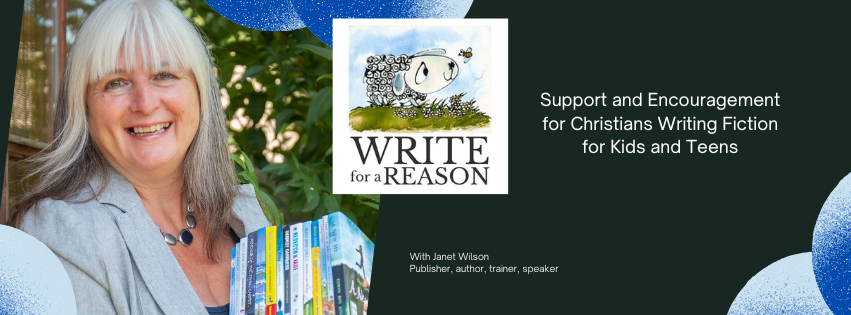I think I may have mentioned something like this before in a writing tip, but it’s worth mentioning again as it’s a common problem I see in unsolicited manuscripts: when writing for this age group (8-14s) you need to start with some action. If you begin your story with a character who is struggling with an emotional problem because of family, school or church, you risk losing your readers in the first few pages.
This is because:
- Readers haven’t had a chance to build up a rapport with your protagonist, so don’t care about his/her emotional problem yet. They may do later in the book, if you allow us to get to know him/her first.
- Children want exciting things to be going on a lot of the time. They love reading about danger, fun, excitement, mystery . . . as opposed to emotional problems, which can be depressing to read about, whether it’s bullying, parents’ divorcing, a house move, illness (the list of life’s struggles is, let’s face it, endless!)
 Of course, you need to have an issue, a problem, something awful going on to make a story. Then your protagonist can, by the grace of God, win through in the end. But instead of starting your story with your emotional problem, consider how you could draw readers in differently. Could you begin with something fun and amazing, which will then throw the emotional problem into sharp relief? Could you start with something dangerous, exciting or mysterious, which will pull us into the story? While you are writing your exciting beginning, help us to get to know your engaging and captivating character. Then when the awful thing happens, we will care about them and want to read on.
Of course, you need to have an issue, a problem, something awful going on to make a story. Then your protagonist can, by the grace of God, win through in the end. But instead of starting your story with your emotional problem, consider how you could draw readers in differently. Could you begin with something fun and amazing, which will then throw the emotional problem into sharp relief? Could you start with something dangerous, exciting or mysterious, which will pull us into the story? While you are writing your exciting beginning, help us to get to know your engaging and captivating character. Then when the awful thing happens, we will care about them and want to read on.
Give it a go!
Trust that helps 🙂 If it did, please share with your friends – remember, we are all in this together!
Every blessing,
Janet
P.S. The next Write for a Reason course starts in a month’s time! If you found this post helpful, you are sure to learn much more in the Write for a Reason course to help you reach out to 8-14s with your stories. More about the course in the tabs above. Hope to see you there!

Good point: especially as kids won’t necessarily be able to identify an emotional problem as lying behind an event. Indeed, some adults prefer action as is evident from what sells (or what we are told sells!) at present – crime fiction, for example, is enourmously popular, and anything which is a ‘cracking good story’ as they say.. Draw the reader into something happening, then begin to investigate its background. 🙂
Hello Clare – thanks for your comment. Your last sentence is very good advice. I’m not so clued up on fiction for adults, but drawing readers into action has to be a good thing.